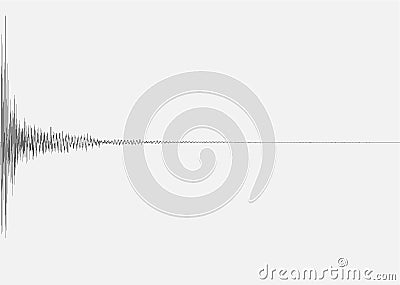

However, in the stratosphere, the speed of sound increases with height due to heating within the ozone layer, producing a positive sound speed gradient. The decrease of the sound speed with height is referred to as a negative sound speed gradient. Since temperature and thus the speed of sound normally decrease with increasing altitude, sound is refracted upward, away from listeners on the ground, creating an acoustic shadow at some distance from the source.

In the Earth's atmosphere, the most important factor affecting the speed of sound is the temperature (see Details below). Humidity also has a small, but measurable effect on sound speed (increase of about 0.1%-0.6%), because some oxygen and nitrogen molecules of the air are replaced by the lighter molecules of water. In non-ideal gases, such van der Waals gas, the proportionality is not exact, and there is a slight dependence on the gas pressure even at a constant temperature. At a constant temperature, the ideal gas pressure has no effect on the speed of sound, because pressure and density (also proportional to pressure) have equal but opposite effects on the speed of sound, and the two contributions cancel out exactly. In a given ideal gas the sound speed depends only on its temperature. For example, in low molecular weight gases, such as helium, sound propagates faster compared to heavier gases, such as xenon. The speed of sound is variable and depends mainly on the temperature and the properties of the substance through which the wave is traveling.

6 Effect of frequency and gas compositionĭependence on the properties of the medium.2 Implications for atmospheric acoustics.1 Dependence on the properties of the medium.


 0 kommentar(er)
0 kommentar(er)
